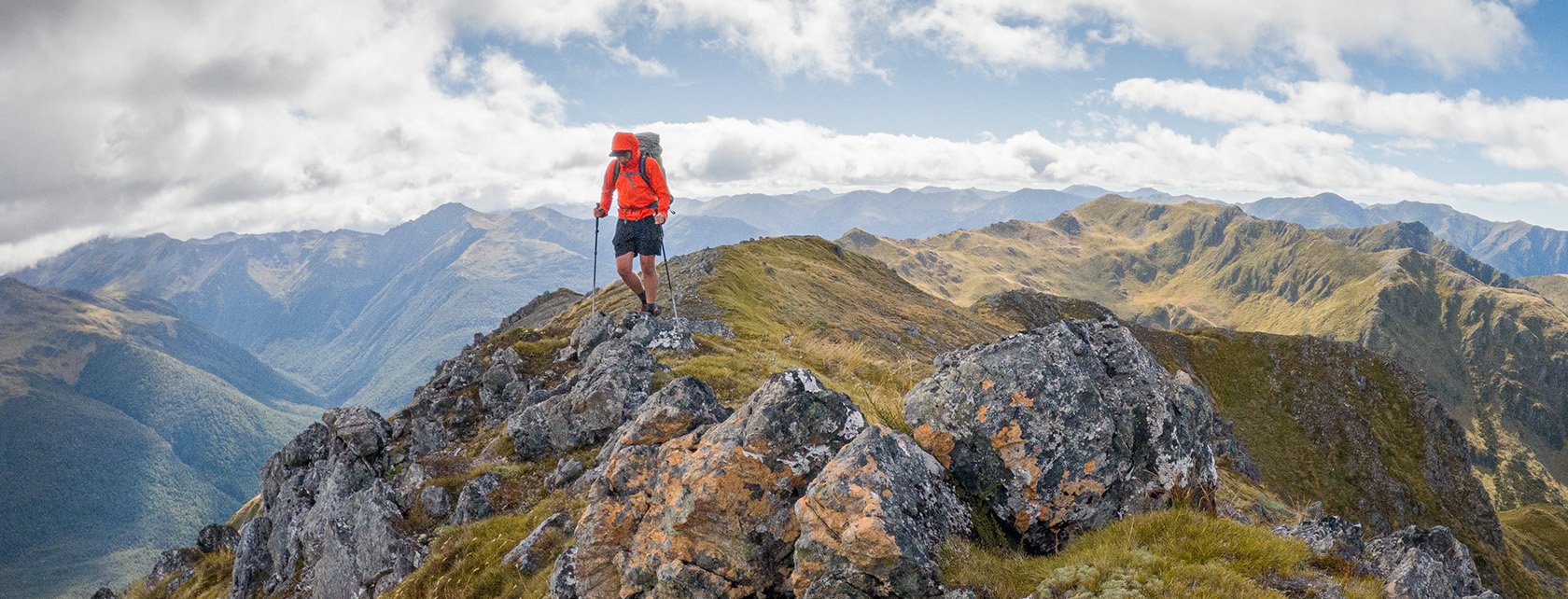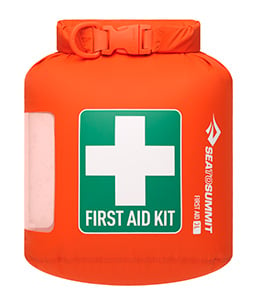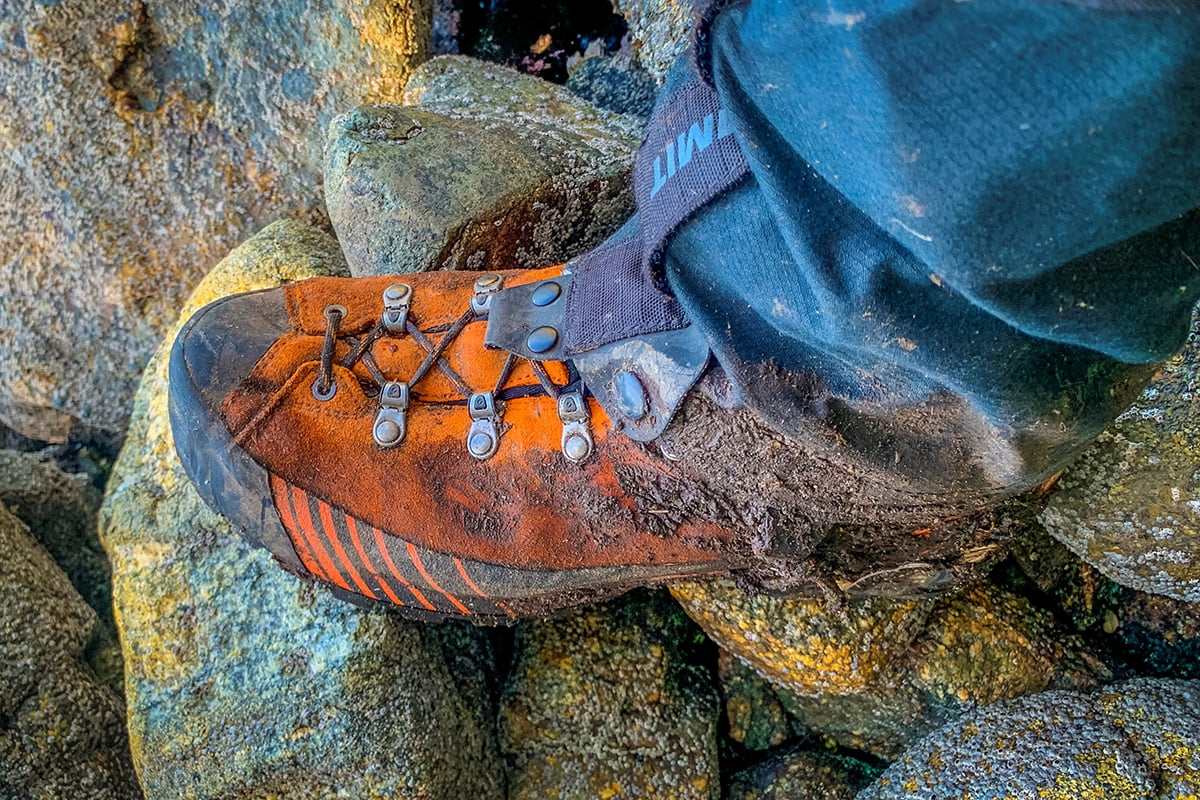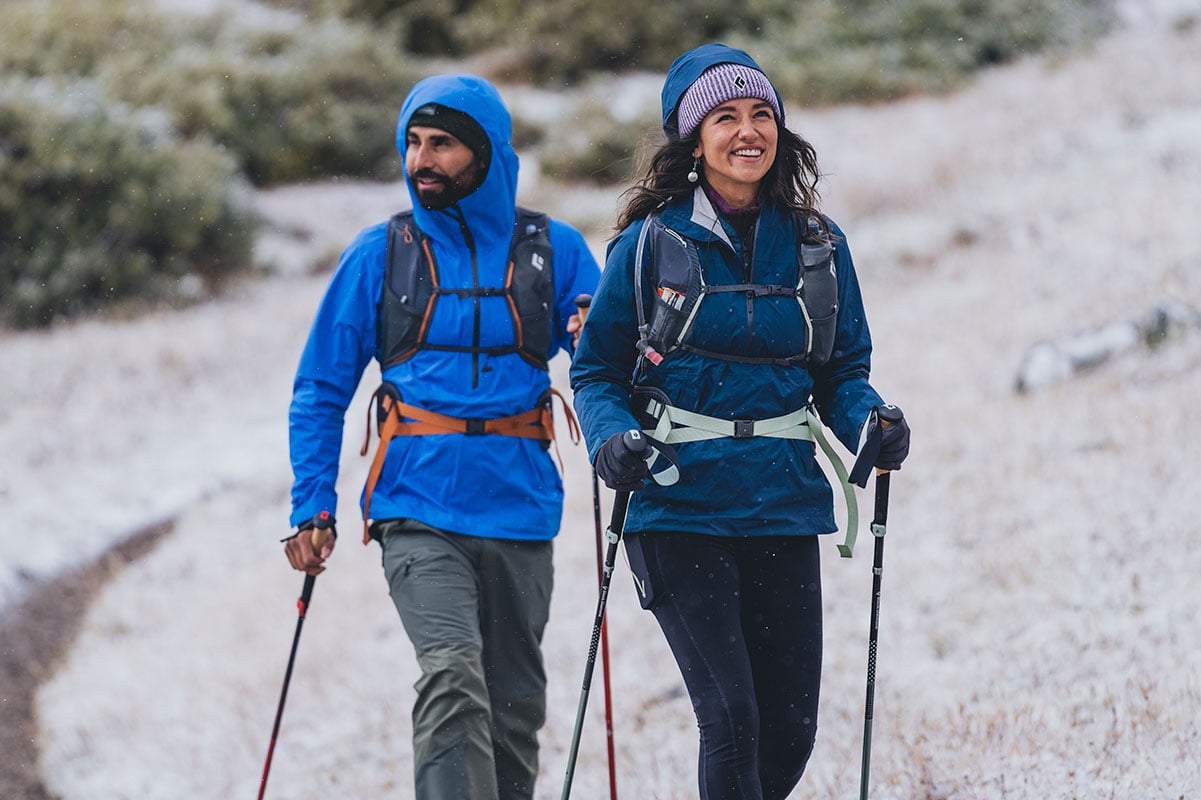
What to take on your winter hike
Nick Allen is a SCARPA and Black Diamond Brand Ambassador and climber. He's an active hiker and climber and doesn't let low temperatures keep him home.
With the right gear, winter adventures can be a lot of fun. In fact, winter and spring are my two favourite seasons for getting into the hills! Over the years, I've dialled my gear list to find that balance between comfort and the stripped-back essentials that will keep me warm, dry, and safe.
Get organised
My list below is what I use to double-check my gear as I pack my bag. I compartmentalise all my gear into drawbags to keep it organised in my pack. For this reason, I have found that it's easiest to list the gear according to its drawbag, represented by each subheading below.
I've also organised the list in the order I pack my gear – starting with the stuff that goes at the bottom.
Note: all items marked "*" are group items. Depending on your group size, you will need only one of these for the whole group.
Hiking equipment
Pack: Choose a 35-45 litre pack for an overnight mission or a 50-65 litre pack for multi-day missions. Ensure the pack has a solid internal frame and comfortable hip belt.
I prefer packs with a pocket on the top for all those items that need easy access.
Pack liner: choose a liner slightly larger than your pack.
Walking poles: my favourites are the Black Diamond Distance FLZ Trekking Poles
Ice axe (weather and location dependant)
Crampons or spiked traction device (weather and location dependant)
*Snow shovel if camping (weather and location dependant, but helpful for making a flat sleeping surface)
*Tent, shelter or bivy bag (optional, but I almost always bring one of these if I stay at a popular hut, just in case it is full.) Photo Credit: Dave Greig @wilderness_lens


Sleep system
- Sleeping bag I use 800-loft down sleeping bags to save weight. If you use 600-loft sleeping bags, choose bags that contain 100g more down than is listed below
- Liner: my favourite for cold conditions is the Sea to Summit Thermolite Reactor Extreme Liner
- Sleeping mat
- Inflatable pillow: my favourite is the Sea to Summit Aeros Ultralight Pillow
Here are the sleep systems I select for different situations:
- Hut: 400g bag + silk liner
- Tent in above-freezing weather: 400g bag + silk liner + sleeping mat with an R-value of 3-4.
- Tent in windy conditions or light frost below the snowline: 400g bag + booster liner + sleeping mat with an R-value of 3-4.
- Tent in heavy frost or above the snowline: 600g bag + booster liner (I rarely regret it) + sleeping mat with an R-value of 4-6.
Clothing
When choosing clothing, there are several factors to consider.
First, ensure you minimise or eliminate your use of cotton – it makes you cold when wet and can be dangerous in winter conditions.
Second, select fast-drying fabrics as much as possible, as this reduces your need for multiple sets of clothes.
Third, choose garments that allow you to layer easily. Don't be afraid to put on or remove layers as often as necessary to keep you from sweating or getting too cold.
Make sure essential items are readily accessible near the top of your pack (e.g. hats, gloves, beanies, jackets, etc.). Here's what I take with me:
Accessories
- Sun hat
- Woollen or fleece beanie
- Buff
- Gloves: 1-2 pairs, depending on the likelihood of rain. I prefer fast-drying and windproof fleece gloves most of the time. If it is very cold, bring ski gloves.
Base layers
- Activewear long-sleeve shirt for tramping: 1 per two-three days
- Merino thermal long-sleeve shirt for the hut/camp (I like thermals that are 220gsm in weight)
- Fast-drying undies: 1 per two-three days (avoid cotton at all costs!)
- Long-john thermals or fleece tights
- Hiking socks: 1 per two days
- Thick woollen socks (for use at the hut)
Mid layers
- Fleece. I choose one high-performance, ultra-fast-drying fleece for hiking and at the hut/camp. If you don't have one, bring a lightweight fleece for hiking and a mid-weight fleece for in the hut.
- Shorts or hiking pants
- Hut pants (optional)
Outer layers
- Down/synthetic jacket. I prefer synthetic jackets because they stay warm even when wet. This means you only need one jacket for hiking and at the hut/camp.
- Rain Jacket
- Rain pants or alpine bib
Footwear
- Tramping boots
- Gaiters (recommended if there's snow)
- Hut shoes (optional)
Food
Make sure you have snacks and water handy. Remember that you may need to eat more often than you would usually.Personal Hygiene
- Toothbrush
- *Toothpaste
- *Dental Floss (optional)
- *Deodorant (optional)
- *Wet wipes
Meds and miscellaneous
- Personal medications
- Small microfibre towel
- Reading material (optional)
- *Rechargeable lantern (optional, but a much better choice than candles)
- *Fire Starters (optional, but a much lighter and more convenient option than taking in a newspaper)

Kitchen bag
- Long-handled titanium spoon
- Water bottle (I like collapsable bottles because they save room in your pack)
- Mug (I like insulated mugs in winter; my favourite is the Sea to Summit Delta Insulated Mug)
- Collapsible bowl (or empty & clean dehy packet)
- *Pepper and salt combo (I mix the two in a small pill bottle; sometimes I throw a bit of chilli powder in there to spice things up)
- *Water purification kit
- *Biodegradable dish soap (optional)
Cooking bag - group items
- *Pot, lid and handle/glove
- *Pot scrubber (optional)
- *Cooker
- *Gas canisters or liquid fuel
- *Lighter & flint (I often bring both: a lighter is great inside, but flint is better outside if it's wet, cold or windy)

Toilet Pack
- *Toilet paper
- *Hand sanitiser
- *Trowel (great for digging down 15-20cm when you need to do business in the bush)

Camera bag
- Camera
- *Charging cables
- *Power bank (an essential item; ensure you have enough stored power to recharge everyone's phone at least once.)
- Headphones (optional) I choose not to wear them when I am tramping but to be present with the sounds of the landscape. However, I do find an audiobook can help me get to sleep when there's a snorer in the hut or if you're in the tent and it's windy.

Lid of the pack
- *Sunblock
- Sunglasses (an essential item if there's any snow around)
- *PLB and/or InReach
- Headlamp (my favourite is the Black Diamond Spot 400-R)
- *Rubbish bag
- Knife
- Personal medications (that day's meds, inhaler, etc.)
- Driver's license & EFTPOS card
- DOC tickets
Wrapping it up
Whether planning an overnighter or a multi-day mission, this list will help you make sure you have everything you need to stay warm and safe during your winter hiking adventures.
Have fun, and stay safe
Nick
Related articles

Are your boots ready for the outdoors?
Nothing can make or break a hike, tramp, walk or hunt like footwear. Here is what you need to know for proper fitting boots and their care.

Taking care of your poles
Poles are great for providing balance and stability and reducing stress on your body and joints. Make sure they are tensioned correctly and in good order before you leave home
Rechargeable vs standard charge
When is it better to use a rechargeable headlamp versus a standard battery-powered headlamp? Nick Allen discusses the advantages of each.
